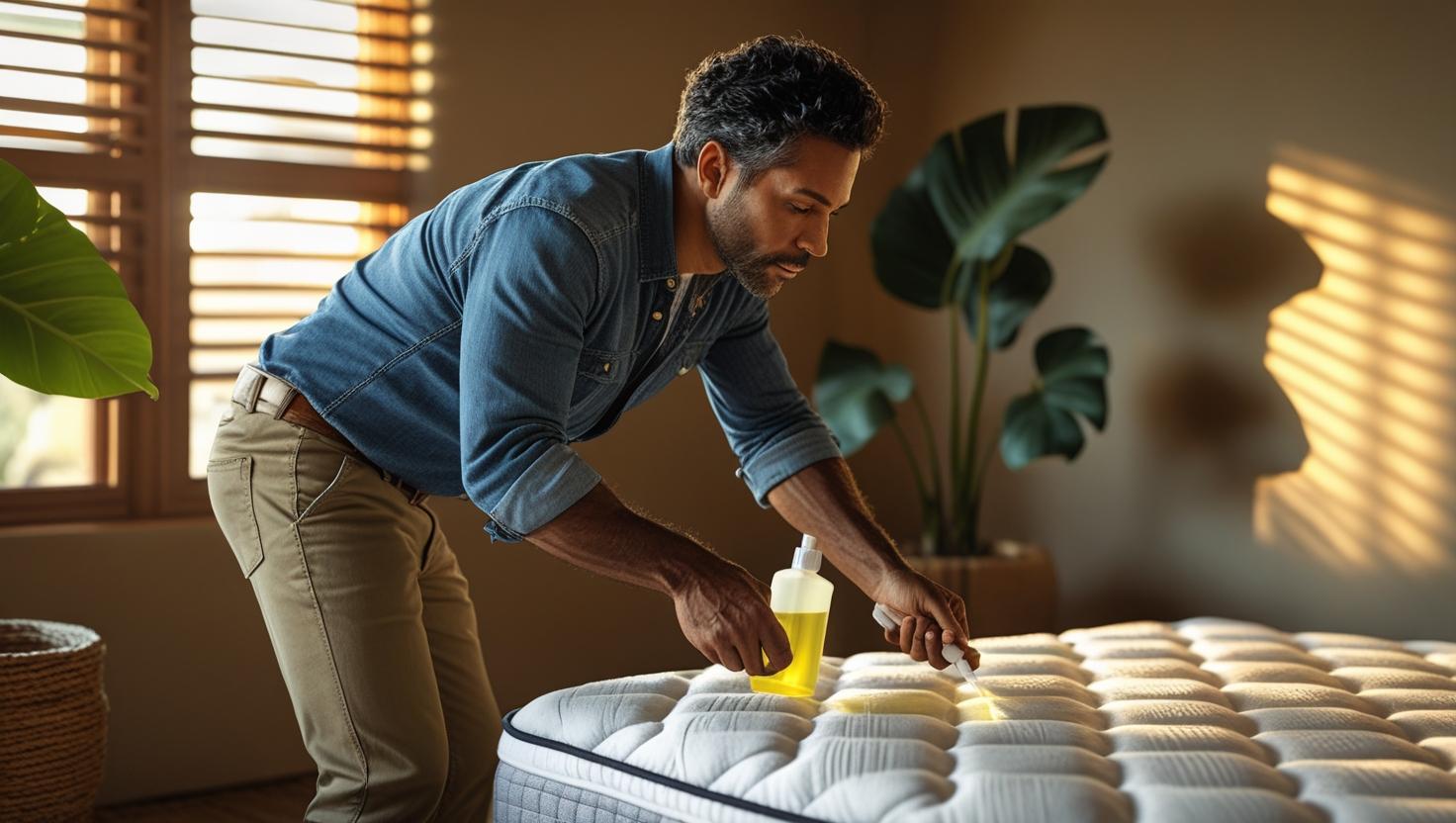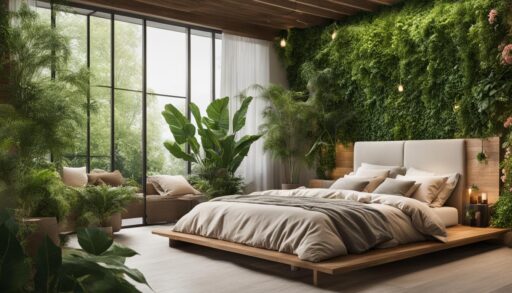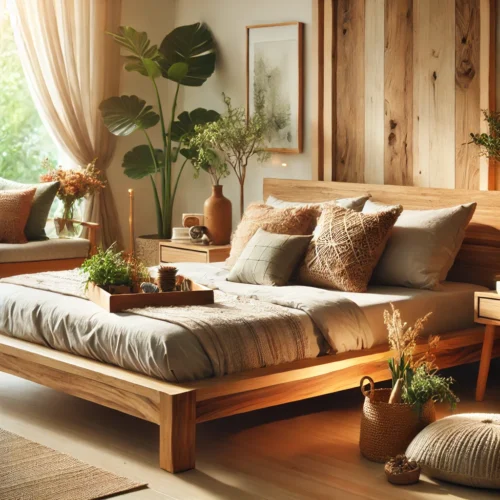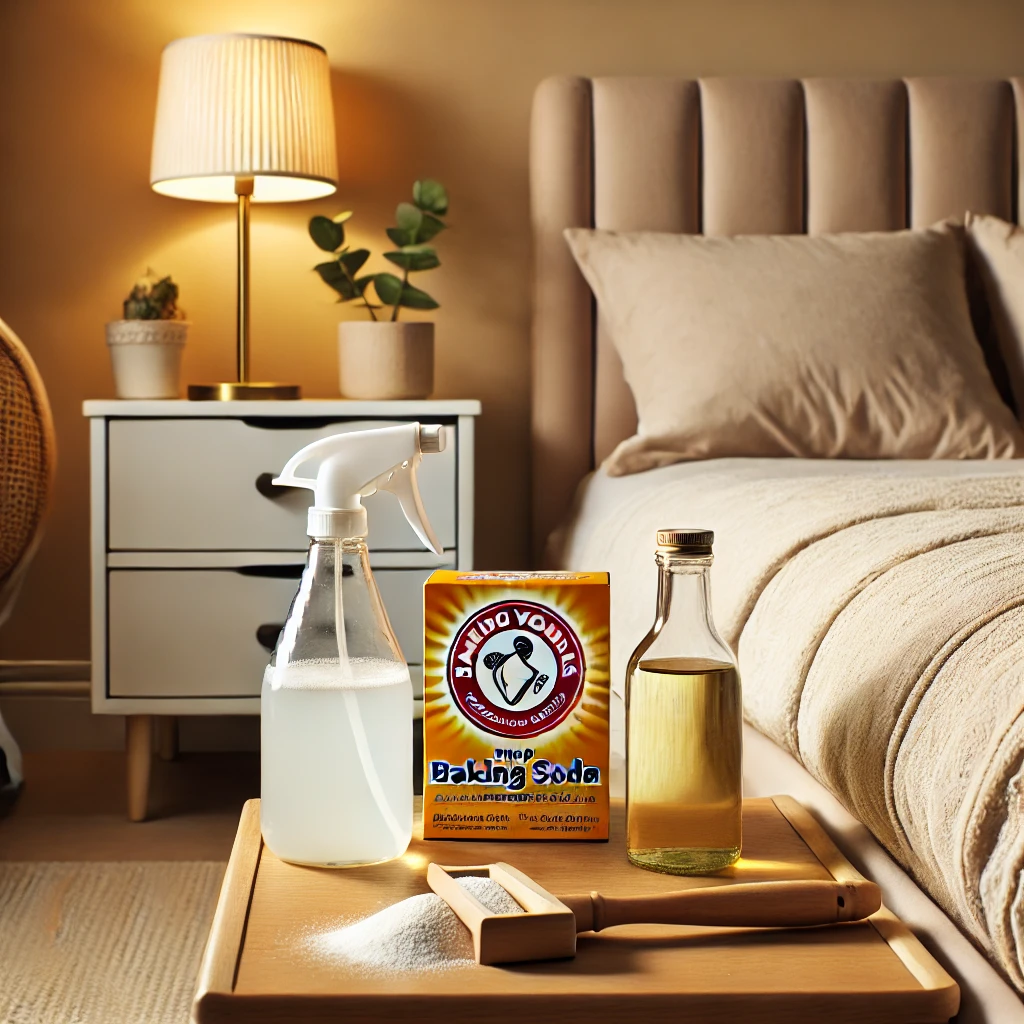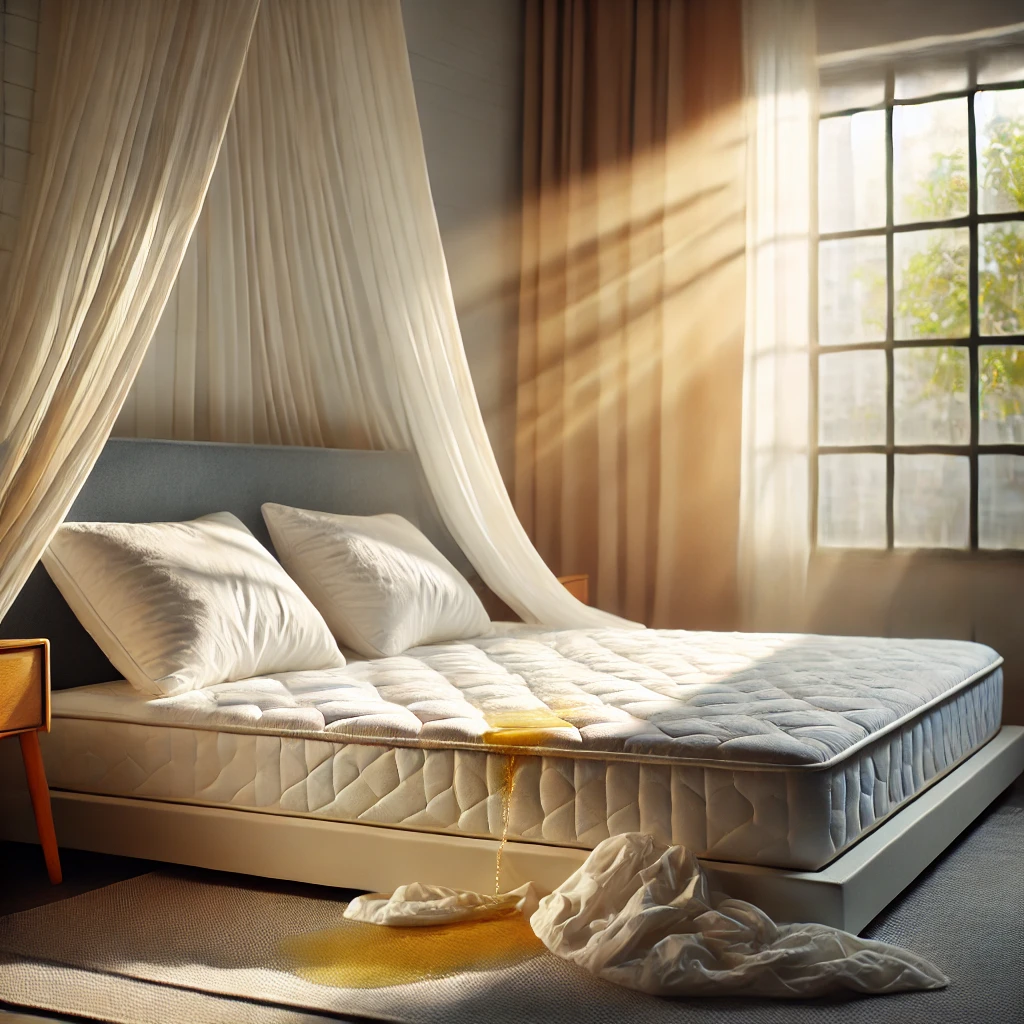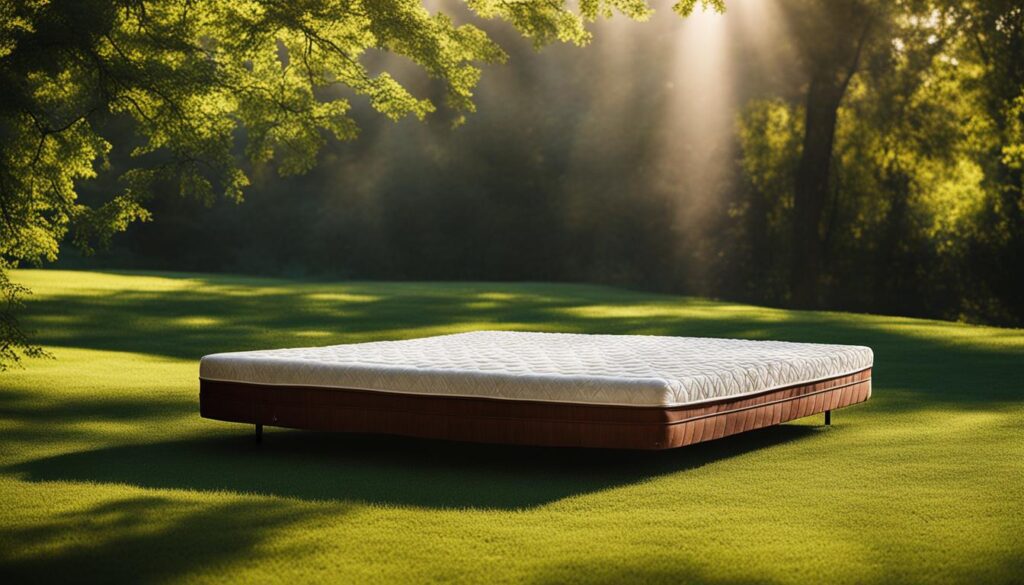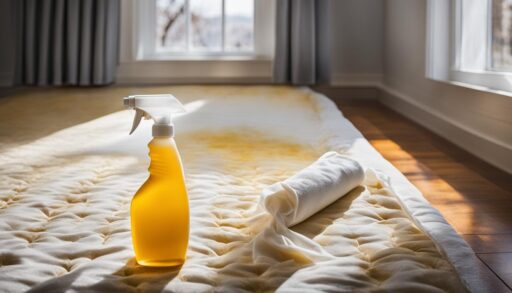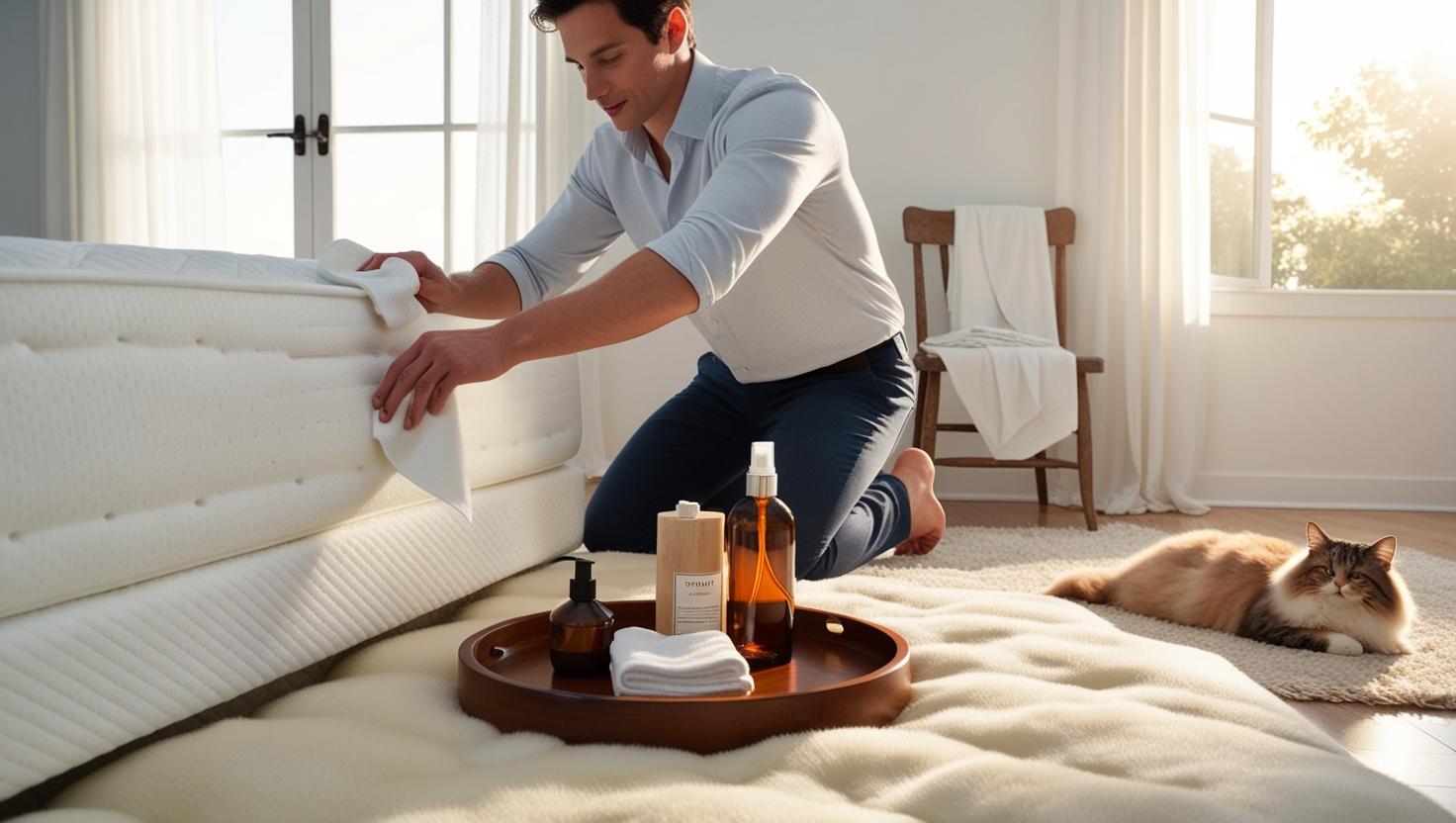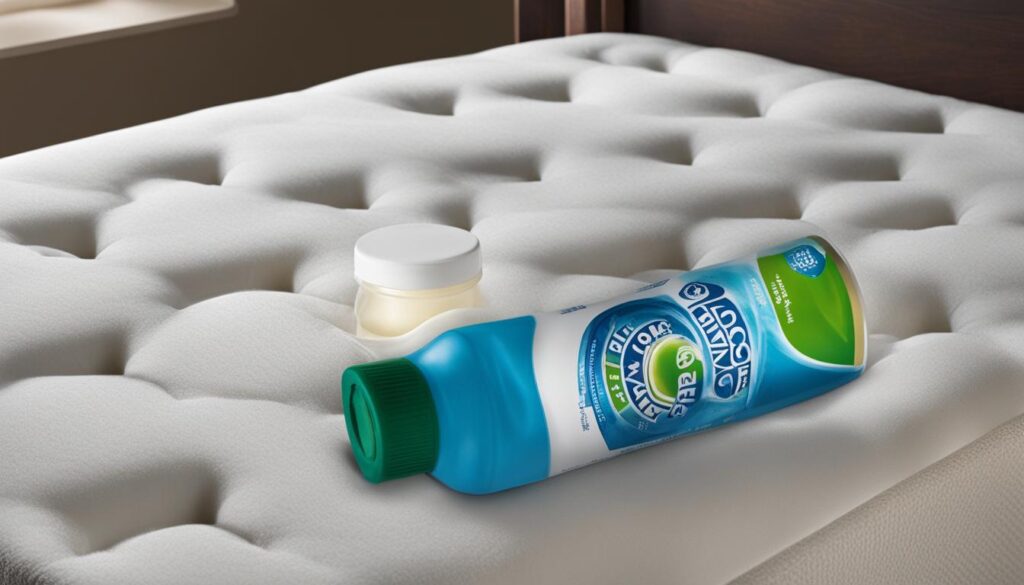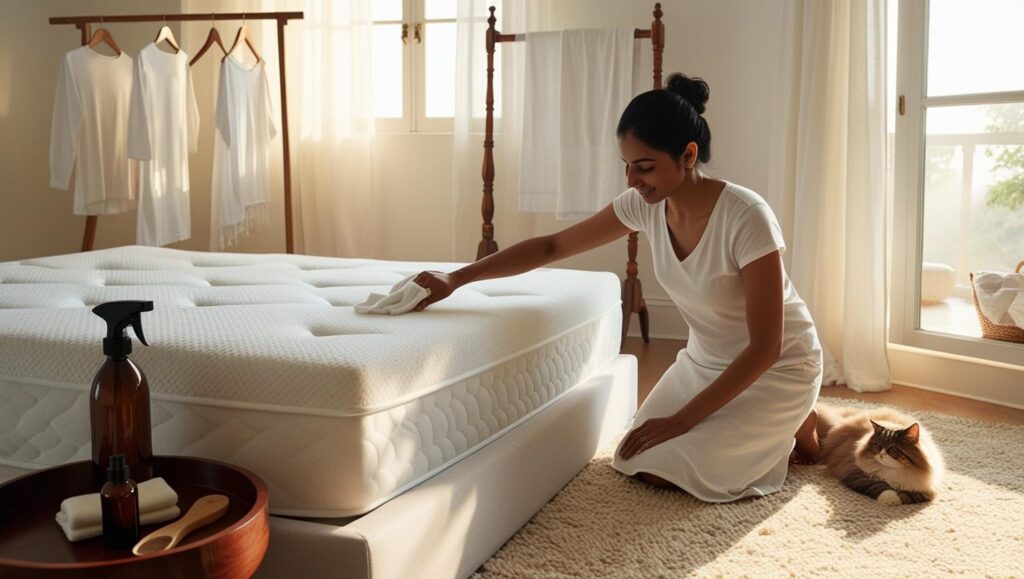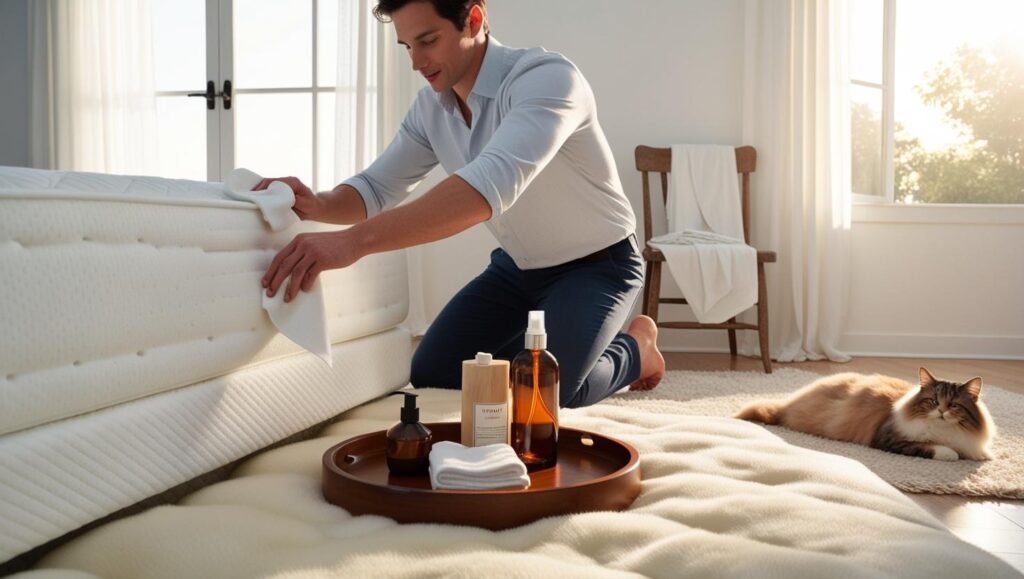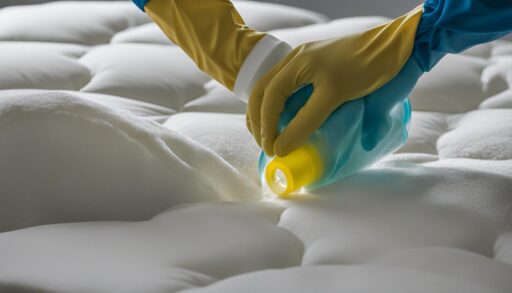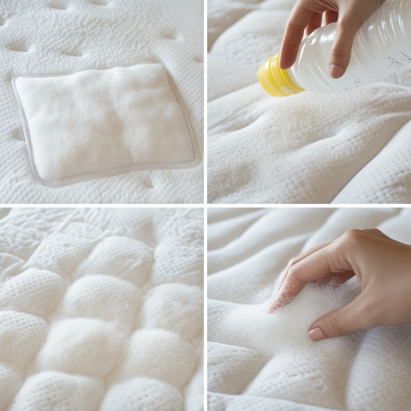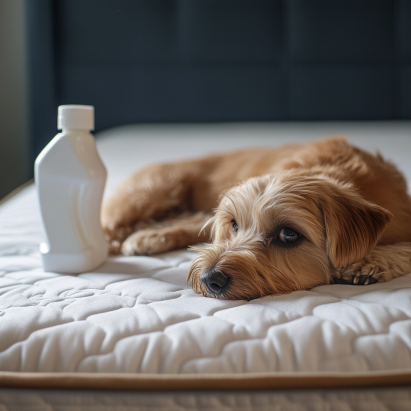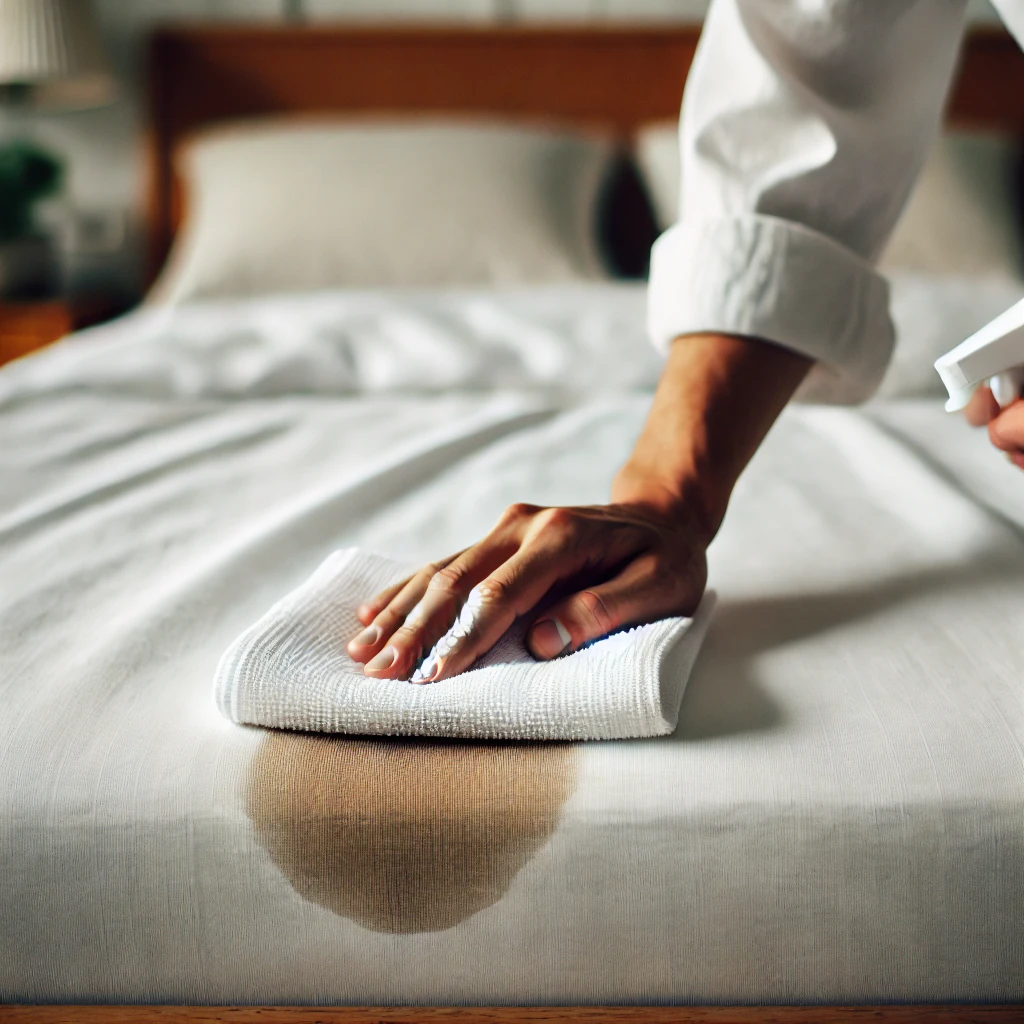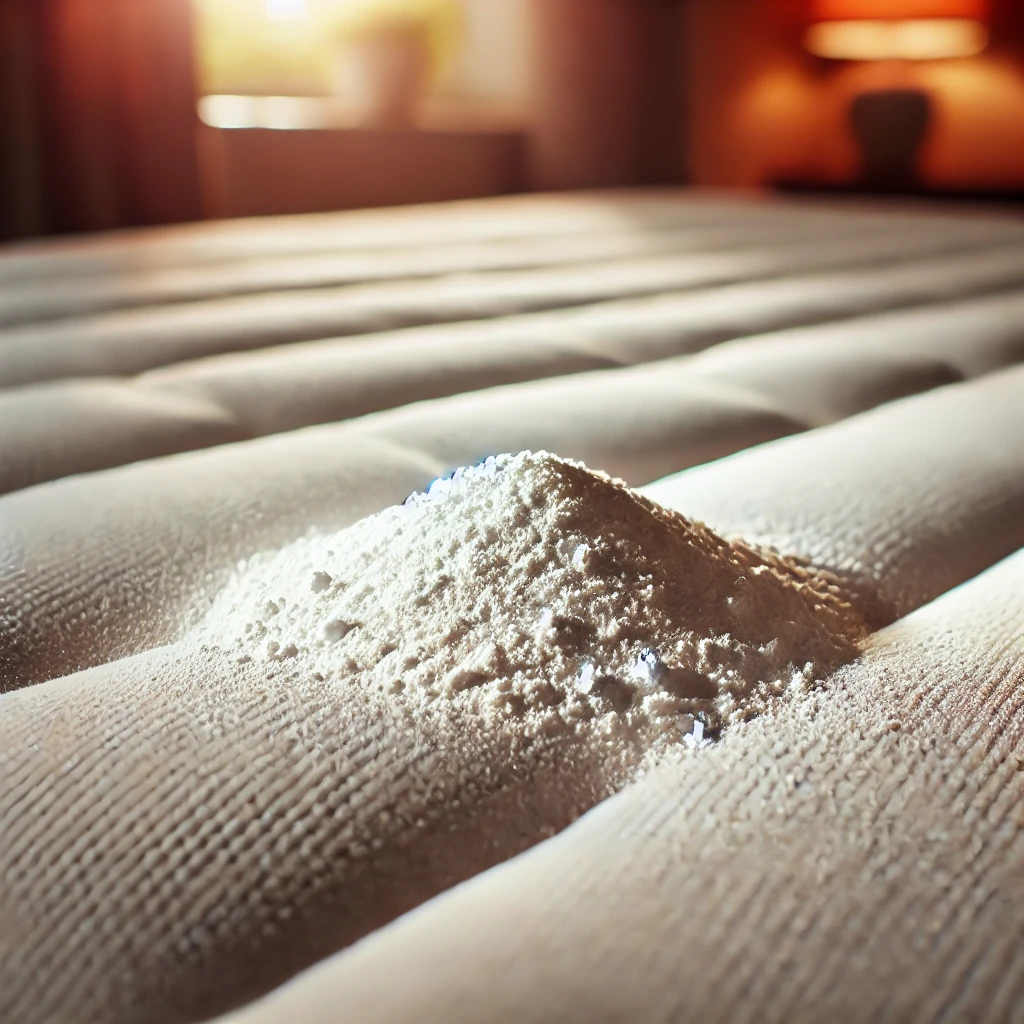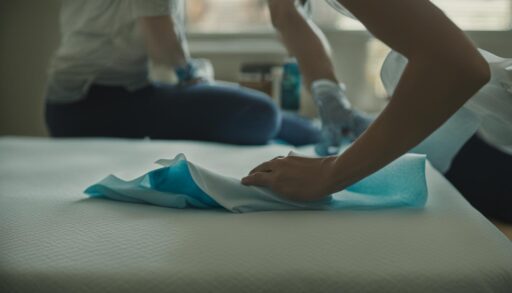Types of Beds
Exploring different types of beds is essential to finding the perfect combination of comfort, style, and functionality for your home.
Key Takeaways
- Adjustable beds provide customizable positions and advanced features for enhanced comfort.
- There are seven main types of bed frames, each designed for different styles and support needs.
- Foam mattresses offer superior pressure relief, while spring mattresses provide firm support and airflow.
- Choosing the right bed depends on factors like sleep position, body weight, and budget.
- There is no universal solution—selecting the right bed involves matching personal comfort preferences with bedroom design.
Types of Bed Frames for Your Mattress
When evaluating the types of beds, selecting the ideal bed frame is critical for both support and aesthetic appeal. Bed frames come in various designs, from simple platform beds to elegant four-poster styles. If you’re upgrading to a larger bed, see our guide to king-size bed and mattress dimensions for better planning.
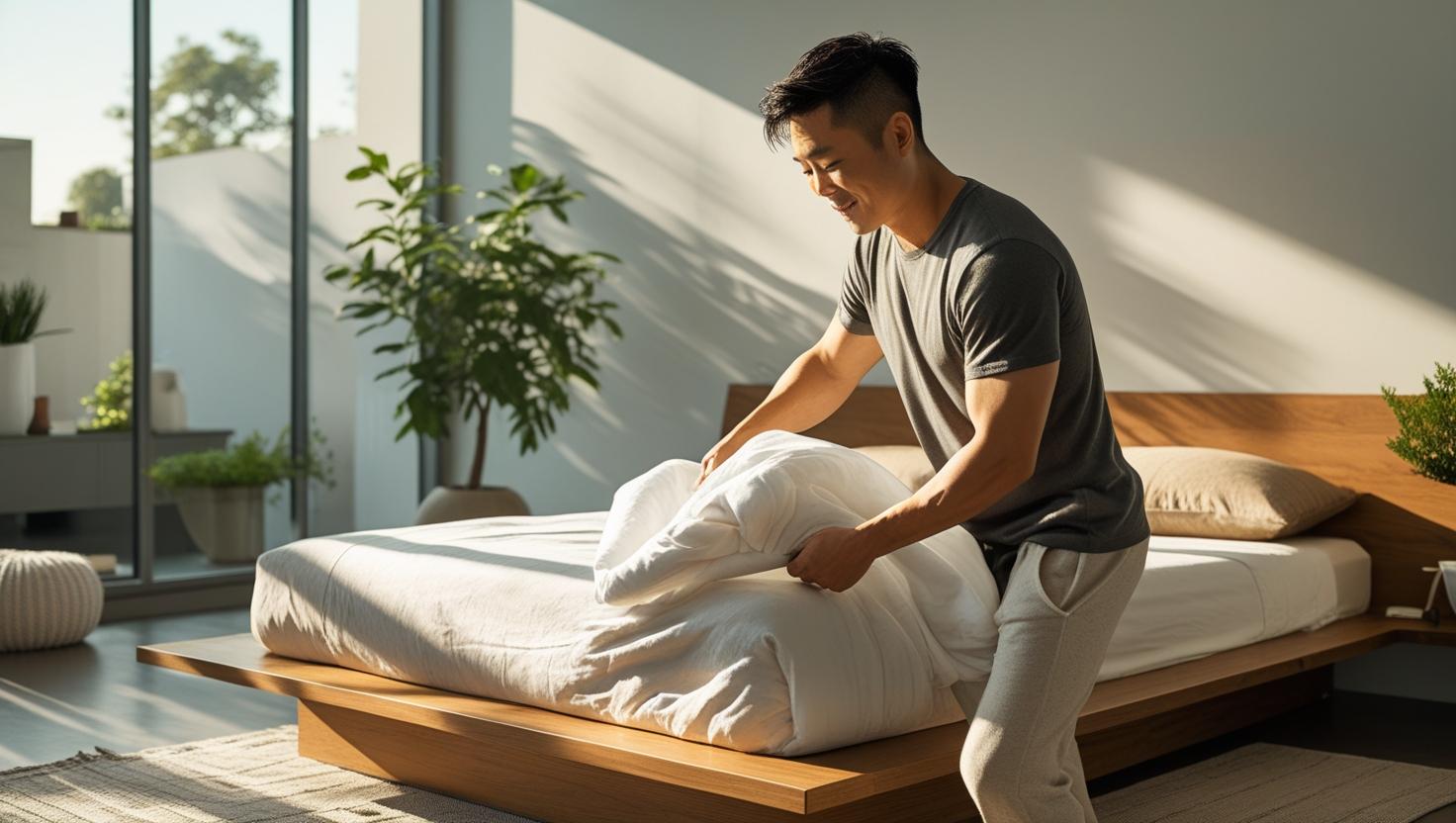
Frame-Only Bed Frame
A frame-only bed frame is minimalist, consisting solely of a metal or wooden structure. It’s perfect for small spaces or modern bedrooms where simplicity is key.

Four-Poster Bed Frame
The four-poster frame brings timeless elegance. With its tall posts and optional drapes, it can transform any bedroom into a luxurious retreat.

Platform Bed Frame
A platform frame offers a sleek, contemporary feel. It doesn’t require a box spring, making it cost-effective while maintaining solid support.

Bunk Bed Frame
Bunk beds are a practical choice for small spaces or shared bedrooms, stacking two beds vertically to maximize floor space. For more creative small-space solutions, check our article on best velvet sofas for small living rooms.

Sleigh Bed Frame
Characterized by its curved headboard and footboard, the sleigh bed adds a touch of classic sophistication to any bedroom decor.
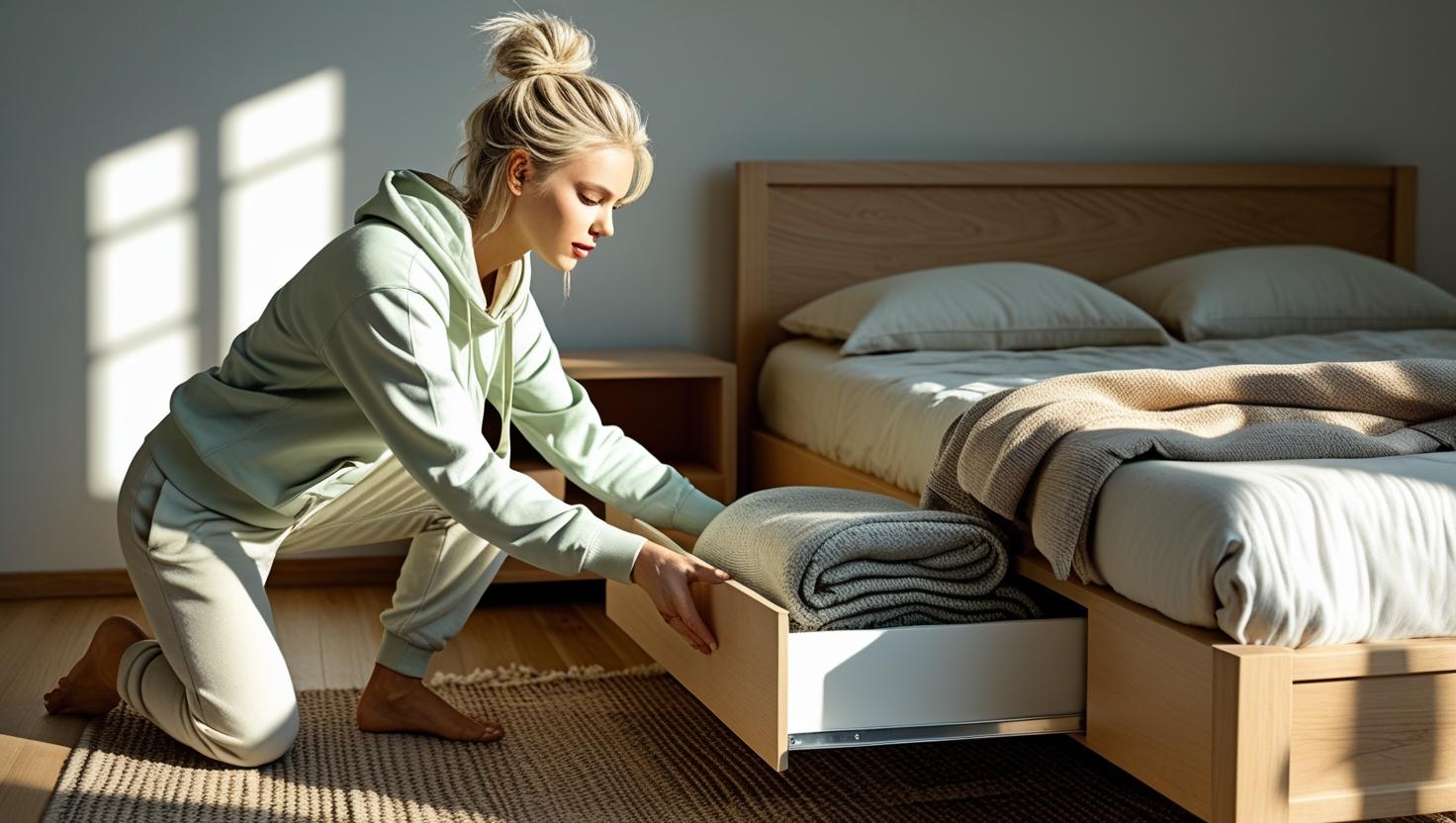
Adjustable Bed Frame
Adjustable frames allow for personalized head and foot elevation. They are great for improving circulation and relieving pressure points.
Trundle Bed Frame
Ideal for guest rooms or children’s rooms, a trundle bed stores a second mattress underneath the main bed, saving valuable space.
Pros and Cons of Adjustable Beds
Adjustable beds offer personalized comfort and health benefits but come with some trade-offs. Understanding both sides will help you decide if this type of bed is right for you.
Pros of Adjustable Beds
- Allows customizable positions for better sleep and relaxation.
- Split sizes offer individualized adjustment for couples.
- Zero-gravity settings can relieve back pain and promote proper posture.
Cons of Adjustable Beds
- Generally costlier than standard frames.
- Heavier and more challenging to move.
- Often lack a sleep trial period.
Features of Foam Mattresses
Foam mattresses are popular for their ability to contour to the body, making them a top choice among side sleepers and those who need targeted pressure relief.
Features of Spring Mattresses
Spring mattresses, also known as innerspring beds, are known for their firm support and excellent airflow. Coil types such as Bonnell, pocketed, offset, and continuous coils provide varying levels of motion isolation, responsiveness, and durability.
Memory Foam vs. Spring Mattresses
Choosing between memory foam and spring mattresses comes down to personal comfort needs. Foam excels in pressure relief, while spring mattresses offer better airflow and a bouncier feel.
Tips for Choosing the Right Bed Frame
- Measure your room dimensions before buying.
- Match the frame style with your bedroom’s aesthetic.
- Consider your mattress type—foam mattresses often need solid or slatted platforms, while spring models might require box springs.
- Check for online reviews and return policies.
Benefits and Drawbacks of Foam Mattresses
Foam mattresses are excellent for pressure relief and motion isolation but may trap heat and lack bounce. They are ideal for side sleepers and couples sensitive to movement but less suitable for those who prefer a cooler sleep experience.
Benefits and Drawbacks of Spring Mattresses
Spring mattresses offer superior airflow and a firm, responsive surface. However, they can transfer motion and may sag over time. High-quality coils can mitigate these issues.
Considerations When Choosing a Mattress
Factors like your sleep position, body weight, and budget will influence your mattress choice. Foam mattresses are better for lighter individuals and side sleepers, while spring mattresses support heavier sleepers and back or stomach sleepers effectively.
Choosing between different types of beds involves evaluating both style and function. Whether you choose a minimalist platform bed or a high-tech adjustable frame, the goal is a restful, supportive, and stylish sleep environment.
FAQ
- What types of beds are best for small bedrooms?
- Platform, trundle, and bunk beds are ideal for small spaces as they optimize room layout and provide storage or multi-sleeper solutions.
- Are adjustable beds worth the cost?
- Yes, especially if you suffer from back pain or need customized sleeping positions for comfort and health.
- Which mattress type lasts longer—foam or spring?
- High-quality foam mattresses often outlast spring models, though hybrid beds can offer the best of both worlds.
Learn more about Home Depot’s guide on types of beds, explore DreamCloud’s take on bed varieties, and read Casper’s article on different bed styles. For more insights, check Colder’s comprehensive guide to bed types.



